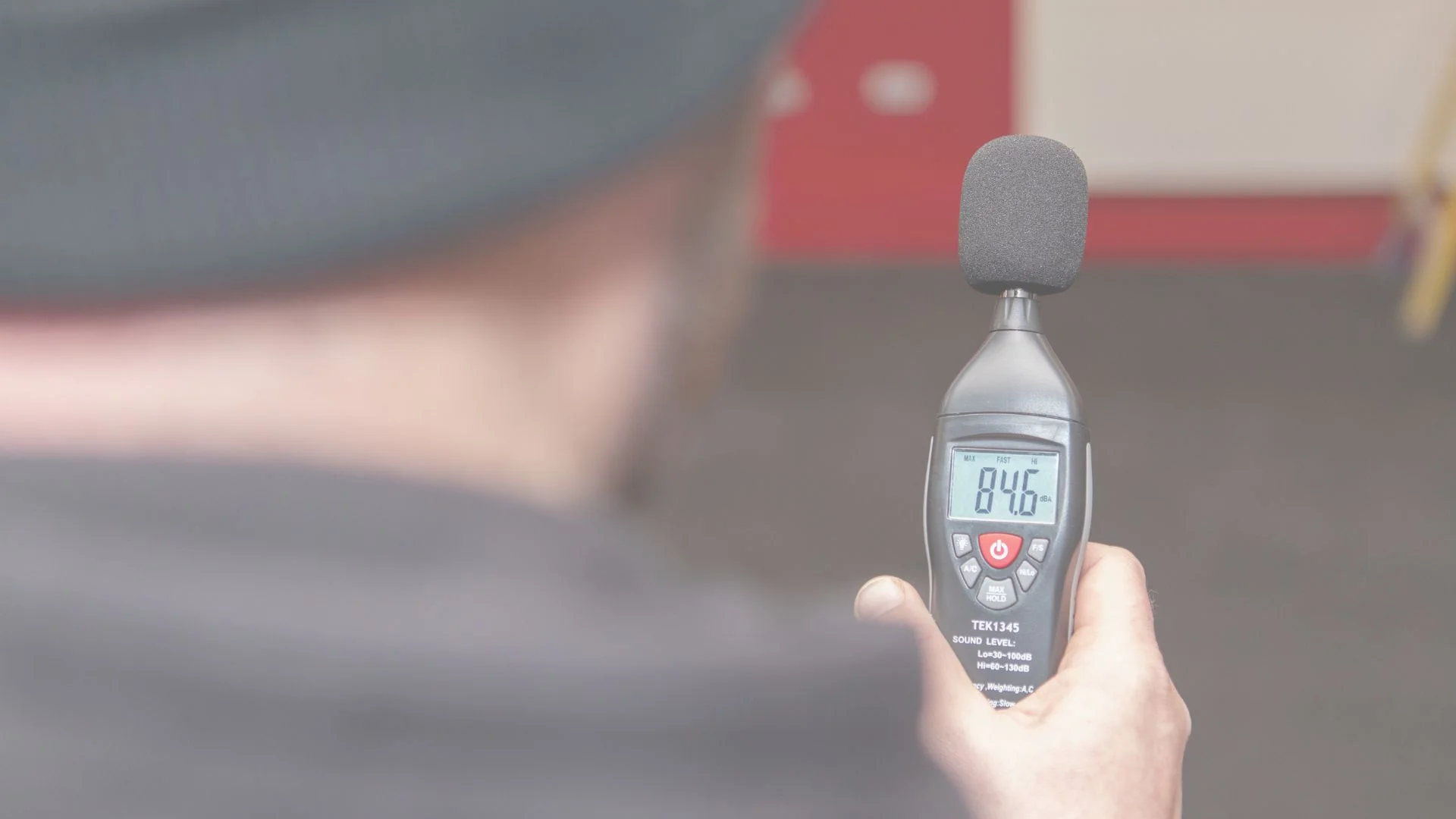Fire. The very word sends shivers down our spines. It’s a threat we often hope to never face, but preparation is crucial. Thankfully, one of our best lines of defense is a simple yet powerful device: the fire alarm.
But with so many options out there, choosing the right fire alarm can feel overwhelming. Worry not! We will be your trusty companion, guiding you through the essentials of fire alarms for business.

Fire spreads fast. Every second counts in escaping a blaze. Fire alarms detect smoke or heat early on, giving you precious time to react and get to safety. They can literally save lives.
Not to mention a serviced fire alarm is a legal requirement for businesses to operate in the UK, without it managers are liable for cost of damage and the human risk and any loss of life occurred in a fire. Not something any manager, or business wants.
(This is an exception to older buildings where BS5839 cannot be retrospectively applied to buildings built before the Fire Precautions Act of 1971. However, it may not be legally required, it’s still crucial to ensure the safety of buildings like this. Especially as older premises carry unique risks as building regulations have changed numerous times since then).
Smoke alarms are the most common found in the UK. They detect smoke particles, making them ideal for catching fires early on. Heat alarms respond to rising temperatures, better suited for areas like kitchens or garages where smoke might not be the first sign of fire.
Remember: Fire alarms are just one piece of the puzzle. By combining them with other safety measures and proactive thinking, you can significantly reduce the risk of fire and ensure everyone’s safety. If in doubt, get advice from a specialist expert who has spend years ensuring businesses are protected from fire. Speak to our team today.
While fire alarms alert you to danger, fire extinguishers allow you to take action against small fires before they escalate. But just like with alarms, choosing the right extinguisher and knowing how to use it are crucial.
You need different extinguishers on specific types of fires. Understanding the classifications is key:
To make things easier, and to avoid the confusion as to which extinguisher your team should use, we recommend installing P50 Fire Extinguishers. These are capable of fighting fires of the category A, B, C & E. This reduces training time for all staff, and eliminates pickup lag.
Remember the PASS method:
Remember: Fire extinguishers are a valuable tool, but they shouldn’t replace prevention. Practice fire safety habits, have an escape plan, and install and maintain both fire alarms and extinguishers for comprehensive protection.
To provide the best experiences, we use technologies like cookies to store and/or access device information. Consenting to these technologies will allow us to process data such as browsing behaviour or unique IDs on this site. Not consenting or withdrawing consent, may adversely affect certain features and functions.